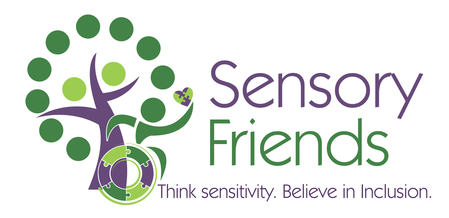Part 4: Analyzing Data and Goal Setting - What did we learn?
- Health and safety – Going to sleep and staying in bed.
- Self-advocacy – i.Communicate to request positive interaction, activities and avoid or delay undesirable activities.
- Social Relationships – Engage in sustained give and take interaction with others around him (e.g., basketball, swimming, board games, conversation book and cooking).
- Productive Activity - Complete self-care and daily living skills independently. i.Dressing and remaining clothed during bathroom times.
iii.Laundry, putting away items, clearing table.
iv.Cooking and baking, cleaning.
v.Recycling plastics and taking out the garbage.
- Tolerance/Cooperation: Transition away from a preferred activity to something less desirable.
This process taught me so much about what I never considered. I never considered the fact that there had to have been times that Richie was simply just bored. How would he let us know that he wanted to go to the park? Play a game with us? Ride a bike? Go swimming in the pool? What about giving him the opportunity to participate in our family’s routines or daily activities?
After analyzing all of the information collected, we narrowed our focus down to the things that were most important to address. The ABC (Antecedent, Behavior, Consequence) data helped us to identify four patterns of behavior. These patterns were pretty obvious and easy to spot, because they were consistent across different settings.
|
Antecedent
1. When Richie is told to put away his iPad or told he cannot have access to it at the time. 2. When Richie is asked to perform a task (e.g., self care, initiate new activity at school). 3. When Richie is exposed to sounds that bother him (or possibly a repetitive activity). 4. When a preferred adult's attention is focused elsewhere or Richie is not socially engaged following initiation. |
|
The meeting took place at Richie’s school an hour before the first morning bell. As luck would have it, Samantha was not able to watch Richie for me that morning, so he had to come to the meeting with me. This, of course, caused a disruption in his morning, because the meeting was taking place in his classroom and so many of us (who shouldn't have been there) were invading his space. Richie started to become aggressive, so we had to move the meeting into the library and one of the therapists had to stay behind to keep an eye on him. Still, we were able to review the information together, while I took notes. Our behavior consultant , Meme, led the discussion and reviewed the information with the team. She asked everyone if they agreed with the broad goals written and four behavior patterns identified. All members agreed they were accurate and that no changes were needed. We talked about strategies that were used at home that could be tweaked for school.
The next step was for us to brainstorm preventative strategies, ideas for teaching new skills, and the appropriate consequences for when behaviors surface. We were each given a little homework. Our behavior consultant gave our team a behavior planning worksheet to use for this part of the process. A worksheet would need to be completed for each of the four behavior patterns, it would include proactive, teaching and management strategies. We were also given a proactive strategies tool that truly served as a helpful guideline.
Since the only person who knows 100% why the behaviors observed are happening is Richie, we are left with having to guess (hypothesize) why these behaviors are happening. Although I’m sure we come pretty close with guessing why behaviors happen most of the time, there is always a chance we could be wrong. This is why continuing to track behaviors and record data is so important. It must be said, that within a a few days of implementing just a few strategies and ideas shared, we began to see improvement in Richie's behavior. I was excited to start designing the plan and begin making the recommended changes at home.
Part 5: Developing a Positive Behavior Support Plan


 RSS Feed
RSS Feed